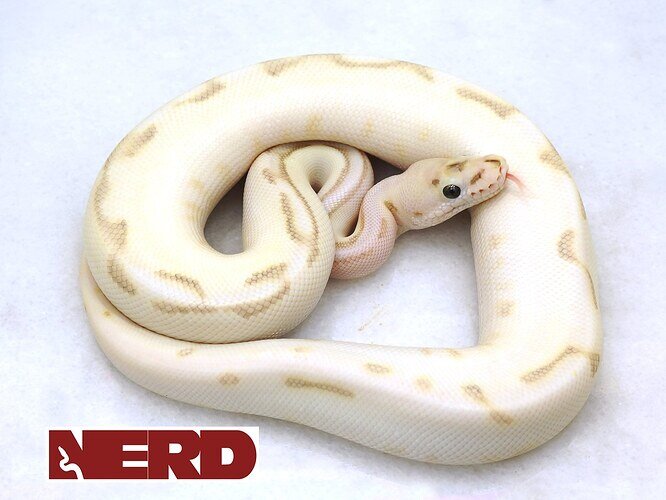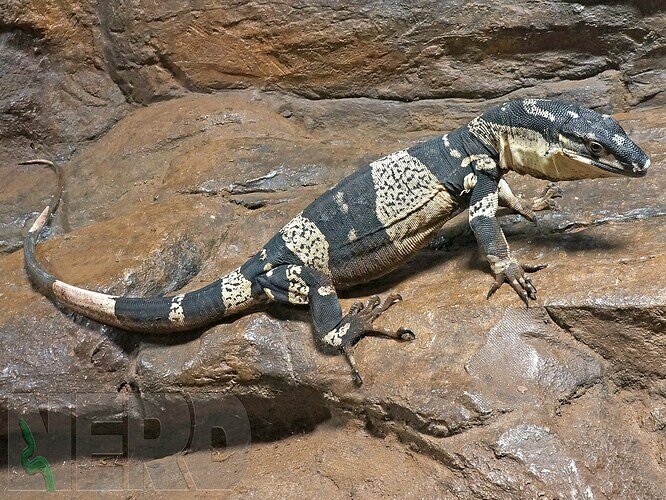Written by: Fran Marshall
Source: UVB lighting – part 1 – snakes and nocturnal species
UVB lighting is something that has advanced more than anyone could have imagined over the last few years. The basic information that reptile keepers had was used well, but it’s now obvious that this is out dated, and though often repeated through to new hobbyists, is more often than not incorrect these days.
There are many aspects of lighting that we have learnt more information about, and can now alter our enclosures to provide a better habitat for our pets. Things such as “red” light being invisible to reptiles, which we now know is not the case, and that in-fact, reptile vision is so superior to our own that this light would be not only very visible, but quite strong to them. If you need a night time heat source, it really must be a non-visual, such as a ceramic, in order to give your reptile the much needed downtime and darkness it needs overnight.
Spectrum of lighting is an important part of a reptile’s world. Many of the bulbs available do not cover anywhere near the visual spectrum that a reptile would be used to in the wild, despite looking bright and fresh to our eyes. And whilst the perfect bulb isn’t something you can always buy, we can put together the best combination of bulbs to give the very best that we can. For more information on this, we would recommend to read pretty much anything by Frances Baines, not only an amazing reptile keeper, but reptile lighting goddess too.
With Frances’ research and teachings in mind, we wanted to look at the debated topic of UVB for nocturnal species, and for snakes, which are often seen as outright not requiring UVB. But why is that? Who decided that snakes didn’t need any extra UVB light, whereas we know exactly how important it is for other species, such as geckos, dragons and tortoises.
If we look at what specific environments snakes live in, they have similar requirements to many other species, as seen in Frances Baines latest publication on Journal of Zoo and Aquarium Research. To understand this, you need to know about a few things first, such as Ferguson Zones. This concept was described by Dr Gary Ferguson, whereby he measured different UV levels and described them in 4 “Zones” –
Zone 1 – Crepsecular or Shade Dweller, thermal conformer – UVI 0 – 0.7 Shaded method
Zone 2 – Partial Sun/Occasional basker, thermoregulator – UVI 0.7 – 1.0 Shaded method
(up to 3 with Sunbeam)
Zone 3 – Open or Partial Sun basker, thermoregulator – UVI 3 – 7.4 Sunbeam method
Zone 4 – Mid-Day Sun basker, thermoregulator – UVI 4.5 – 8 Sunbeam method
These Zones measured all the UVI readings for the reptiles found in them, and each has a UVI Index associated with it. The “Shaded” or “Sunbeam” are methods by which reptiles should have UV provided to them.
The “ Shade Method ” describes low level UV that is a background light and covers the majority of the enclosure – species such as Crested Geckos, Leopard Geckos and Snakes, the exact animals that we don’t tend to offer UV to, but in the wild would naturally be getting low levels of UVB throughout the day.
The “ Sunbeam Method ” describes high level UV to species that basking in direct sunlight. This would mimic the direct sunlight that species would get first thing in the morning as they warm up to start their day, and other areas of the habitat should be shaded and have much lower levels, mimicking the natural instinct to move in and out of the sunlight.
Frances Baines has been able to continue with Dr Fergusons work and produce, with the help of many other well respected professionals, and create a full listing of species, describing their ideal Ferguson Zone, basking temperatures and ambient night and day temperatures. This is a comprehensive list of species, and will allow you to ensure that you are creating the correct environment for your particular pet, and is definitely recommend to have a look through.
From this list we can see that species such as Crested Geckos and Leopard Geckos, our common nocturnal species kept without UV, have a Ferguson Zone of 1, which means they would have low levels of UV available to them, and would benefits from background UV levels to replicate their wild environment. We now know that UVB does in fact refract from leaves, so despite a Crested Gecko sitting in trees and foliage, they do in fact get small levels of UVB bouncing around the leaves, and will absorb this and utilise it to its full potential. This would be the equivalent of using an ExoTerra Compact UVB 100 or an Arcadia 7% Compact at a 30cm distance, bulbs which are often considered to be mid-level. This doesn’t take into account if you’re using these bulbs in a canopy on a mesh top screen, which will deplete the UV by a further 30-40%, plus raise the distance of the bulb from the animal. Creating this naturalistic environment will mean the geckos are bigger, stronger and live longer, due to the absorption of vitamin D3. This will improve their lives – so why is it not standard?
More interestingly, if we look at snakes, we can see Corn Snakes, Royal Pythons, and Boas have Ferguson Zones of 2, and so should be replicated with background UV levels of around 1.0, which would be similar to using a mid-level UV T8, such as an Arcadia 6% or ExoTerra 5.0 at a distance of around 25-30cm. Yet most snakes are kept without any UV at all.
So why is UVB so important? The short answer is that the skin of a reptile (and human for that matter) absorbs the UVB and the body uses it as vitamin D3. This is in fact a hormone, and is utilised across the body, by the liver, the kidneys, the immune system, and the brain etc. The main use of it that we think of for reptiles is to allow it to control calcium, and therefore affect the structure of the bones, but this is merely one of the uses it has. For more information on Vitamin D3 and its uses within the body, look out for our next post.
In short – we need to learn more. We are constantly finding out new things about our world, and reptile husbandry is no different. The important thing is that we take this knowledge and utilise, something which the reptile industry is sometimes not so hot at doing. With this in mind, Swell Reptiles are proud to provide UVB in all their Crested Gecko and Leopard Gecko Starter Kits, as well as providing the option on all snake kits to purchase UV lighting with them as well.
For more information, please keep an eye out for the rest of our UV Lighting Series, where we can look into the importance of UV and how it’s used throughout the body, and also installing and utilising the Shade or Sunbeam method of lighting.



